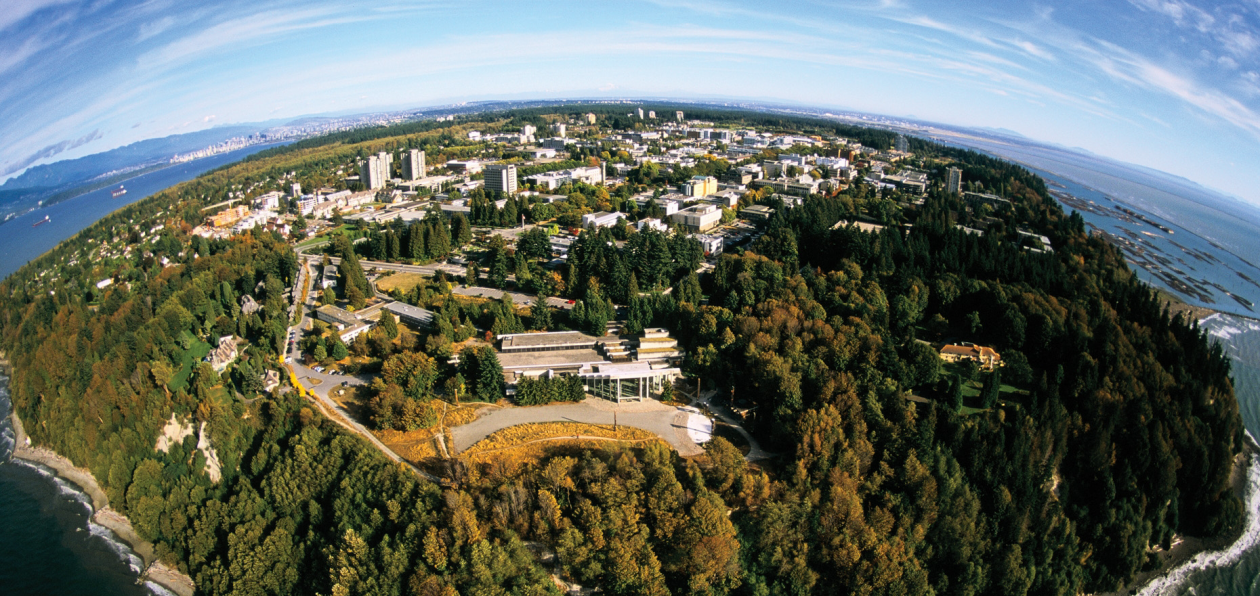This past week was probably my favorite, and I left class feeling refreshed, clear-headed, and ready for the extended period of sitting we’d endure in our next lecture. The time we spent outdoors, as well as our discussions, allowed me to gather my thoughts and help shape my inquiry question. In my question, I’d like to address the many benefits that an outdoor learning environment can have on students and their surrounding environments. After Steve took us into the forest and we discussed some of the implications of outdoor ed, I found myself on a tangent of thought regarding the beauty of such a small area, centered around this concrete beach. Similar to a diamond in the rough, the forest provided a small amount of happiness that lasted me throughout the rest of my seated-day, and I’m sure it can provide students the same.
Based on my experience educating outdoor ed, I’m able to say that students have left with a greater understanding and appreciation for their environment. These changes occur because of their newly established relationships with the back-country. Students learn to conduct themselves within it the same way they would in a friendship, and it forms a bond. Expanding on this thought, if we want future generations to preserve our forests, learn about biology, ecology, and environmental sustainability, then we need to introduce them to outdoor environments in order for them to build connections to such places.
Thanks for reading!
Chris
